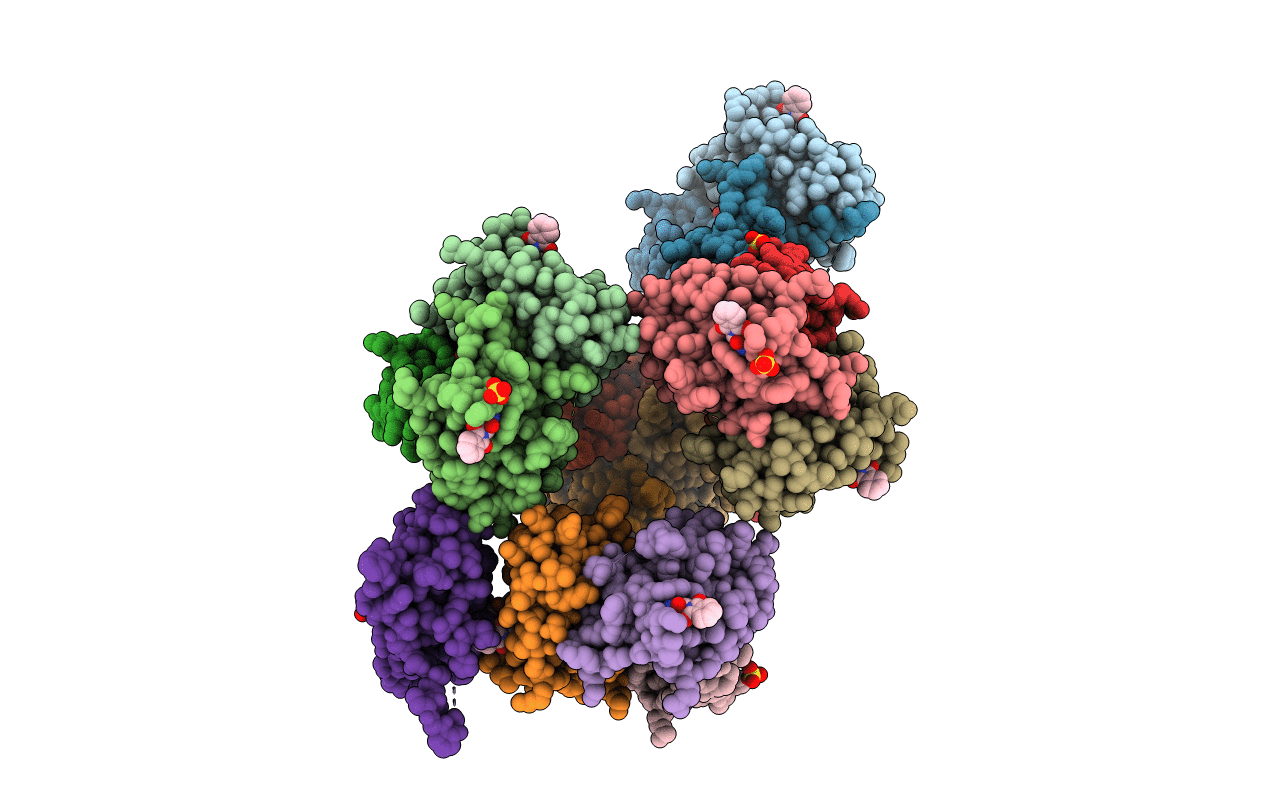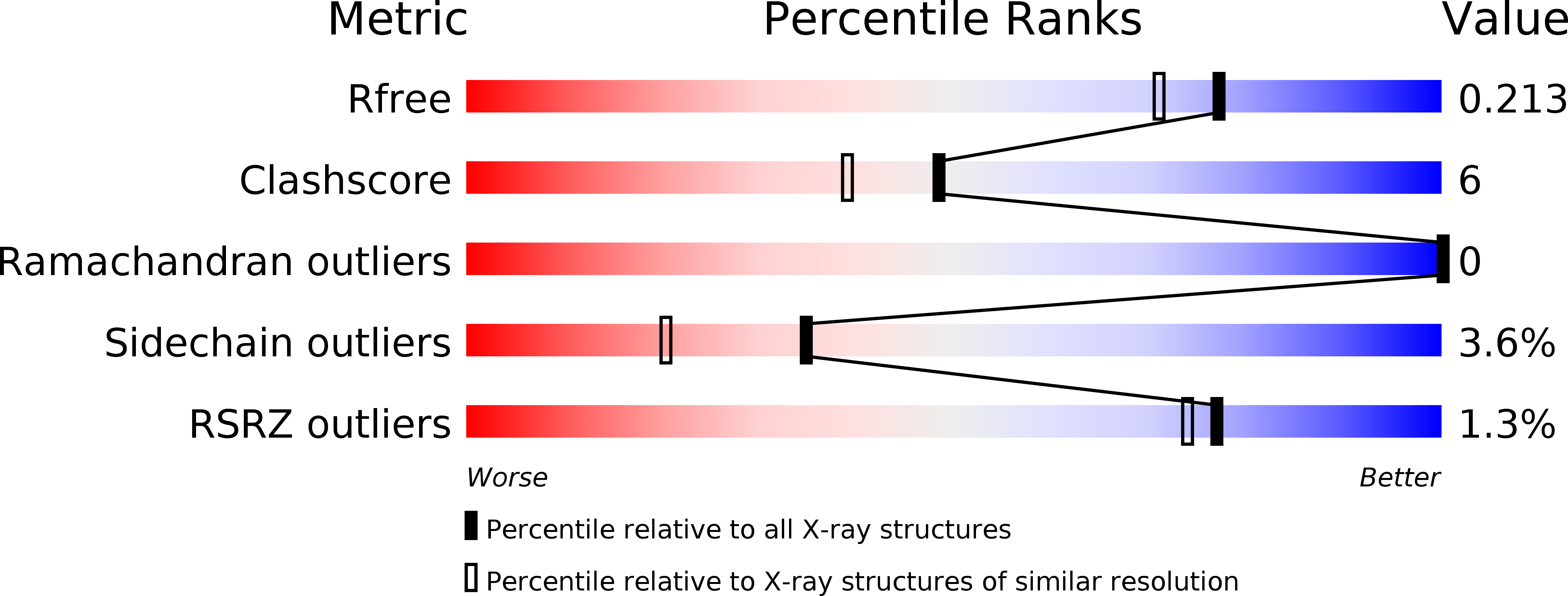
Deposition Date
2017-10-06
Release Date
2018-02-07
Last Version Date
2023-11-22
Entry Detail
PDB ID:
5YJ0
Keywords:
Title:
Mouse Cereblon thalidomide binding domain complexed with S-form thalidomide
Biological Source:
Source Organism:
Mus musculus (Taxon ID: 10090)
Host Organism:
Method Details:
Experimental Method:
Resolution:
1.80 Å
R-Value Free:
0.20
R-Value Work:
0.18
R-Value Observed:
0.18
Space Group:
H 3


